Wildlife conservation plays a vital role in preserving balance in our ecosystems and ensuring the survival of infinite species. Increasing threats from surrounding loss, global climate change, and human activities increase the desire for effective conservation measures. Protective wildlife also protects the planet and future generations.
Why Wildlife Conservation is Important
The natural world is interrelated, and species’ survival depends on their ability to thrive within balanced ecosystems. Critical species may disappear without wildlife conservation, causing cascading effects in food chains, water systems, and even human livelihoods. Protecting wildlife is an environmental necessity and a moral obligation to maintain Earth’s biodiversity and resources.
The Challenges Facing Wildlife Today
The world’s wildlife is exposed to various threats that require urgent intervention. These problems are mainly derived from human activities and should be addressed collectively.
Habitat Destruction:
Rapid urbanization, deforestation, and agricultural expansion are destroying habitats at an alarming rate. Wildlife is increasingly confined to smaller spaces, making survival difficult. For instance, the Amazon rainforest, home to thousands of species, is being cut down for farmland and development, leaving animals without shelter or food sources.
Climate Change:
Rising temperatures and unpredictable weather patterns throw a wrench into the works for many species regarding migration, reproduction, and survival. Polar bears and coral reefs are stark examples of this crisis. Moreover, many migratory birds can’t adapt to the shift in seasons, and population declines are the result.
Illegal Wildlife Trade:
This further endangers species like elephants and pangolins from going extinct. The demand for products from animals, like ivory and exotic pets, drives this destructive practice. Not only does it hurt wildlife, but it also disrupts ecosystems and the economy in local areas.
Pollution:
Such negative impacts include the devastating consequences caused by pollution from plastics, chemicals, and waste towards marine and terrestrial wildlife. Birds, turtles, and fish become victims of plastic ingestion and entanglement. The toxic chemicals further affect water sources, disturbing entire aquatic ecosystems and consequently killing both wildlife and human communities.
Wildlife Conservation Measures
Efforts to conserve wildlife involve strategies like preserving habitats, enforcing the law, and educating society. Here are some of the most effective approaches:
Establishing Protected Areas:
National parks, reserves, and sanctuaries provide safe spaces for flourishing species. These areas maintain biodiversity and support ecotourism. Notable examples include the Serengeti in Africa and Yellowstone National Park in the United States.
Community Engagement:
Including local communities in the conservation effort empowers them to care for their environments. This involves education and sustainable livelihoods. If local communities see that they can benefit from tourism revenue, for example, they will easily support conservation efforts.
Technological Advancements:
Tools such as GPS tracking, camera traps, and drones have also completely changed the approach toward observing and protecting wildlife against other threats, such as poaching and habitat encroachment. Apart from the increased efficiency, the information derived becomes crucial for the conservation fraternity’s research and planning.
Policy and Legislation:
Strong wildlife protection laws and international agreements, like CITES (Convention on International Trade in Endangered Species), are required to stop illegal trade and ensure species’ survival. Governments have to enforce these laws to deter offenders and protect vulnerable species.
How Wildlife Conservation Helps Humans
Wildlife Conservation is not just about saving animals; it has direct benefits for humans, too:
Ecological Balance: A balanced ecosystem ensures clean air, water, and fertile soil. Forests, for example, absorb carbon, decrease the effects of climate change, and host innumerable species.
Economic Opportunities: Ecotourism creates revenue and helps local economies. In most developing countries, wildlife tourism is the principal source of income.
Medicinal Discoveries: Many lifesaving drugs originate in plant and animal compounds. Conservation of biodiversity ensures that these priceless resources are available.
Food Security: Preserving pollinators, including bees, ensures agricultural productivity. Without them, most crops would fail, causing food shortages and economic instability.
You’re Role in Wildlife Conservation
Every individual can make a difference in wildlife conservation. Here are a few ways you can make a difference:
Reduce, Reuse, And Recycle: Reducing waste helps reduce pollution, which benefits wildlife habitats. Reduce single-use plastics and embrace alternatives.
Support Conservation Organizations: Donate to or volunteer with organizations that protect wildlife and their habitats. No matter how small your donation is, it makes a big difference.
Advocate for Policies: Use your voice for policies that help the environment. Write to your local representatives or join a conservation campaign.
Choose Sustainable Products: Avoid products made from endangered species or unsustainable materials. Choose eco-friendly products that support ethical practices.
Midway Progress and the Future of Wildlife Conservation
Conservation of wildlife lies in every winning action. It strikes the point between human development and keeping nature alive. Novel policy-making or grassroots activism remains steadily on the ascent of reminding people of coexistence in living as there is much about how a sustainable future must stay strong to itself- persistence, creative solutions, and working together.
Toughest Challenges and Steps for a Bright Future
There are lots of successes, but there are challenges ahead. Climate change, population growth, and resource depletion require global action. Wildlife conservation requires long-term commitment, partnerships with other nations, and integrating technology to protect our planet. Governments must allocate more resources to conservation projects, while businesses should prioritize what will help reduce their ecological footprint.
Conclusion
Wildlife conservation is a beacon of hope in a world where nature faces growing threats. From surround destruction to temperature change, human activities are disrupting the delicate balance of ecosystems. Conservation efforts aim to safeguard life, preserve multifariousness, and guarantee a property planet for future generations.
Healthy ecosystems supported by life area units are essential for human survival. They supply clean air, water, fertile soil, and food security. Moreover, life is vital in regulating natural processes, like impregnation, seed diffusion, and gadfly management, which are crucial for maintaining ecological balance.
Taking action nowadays is essential to handle these challenges. Simple steps like reducing waste, supporting conservation organizations, and advocating for stronger environmental policies will make a significant distinction. People will contribute to creating a harmonious future where humans and life exist by selecting property practices and spreading awareness.
Wildlife conservation is about simply protecting animals and guarding our shared home. Together, we can guarantee a thriving planet, wealthy in multifariousness and resources, for future generations. Allow us to act currently to preserve what’s precious and irreplaceable.
Another Exciting Blog: Species Recovery Programs: Reviving Threatened Species for a Better Tomorrow

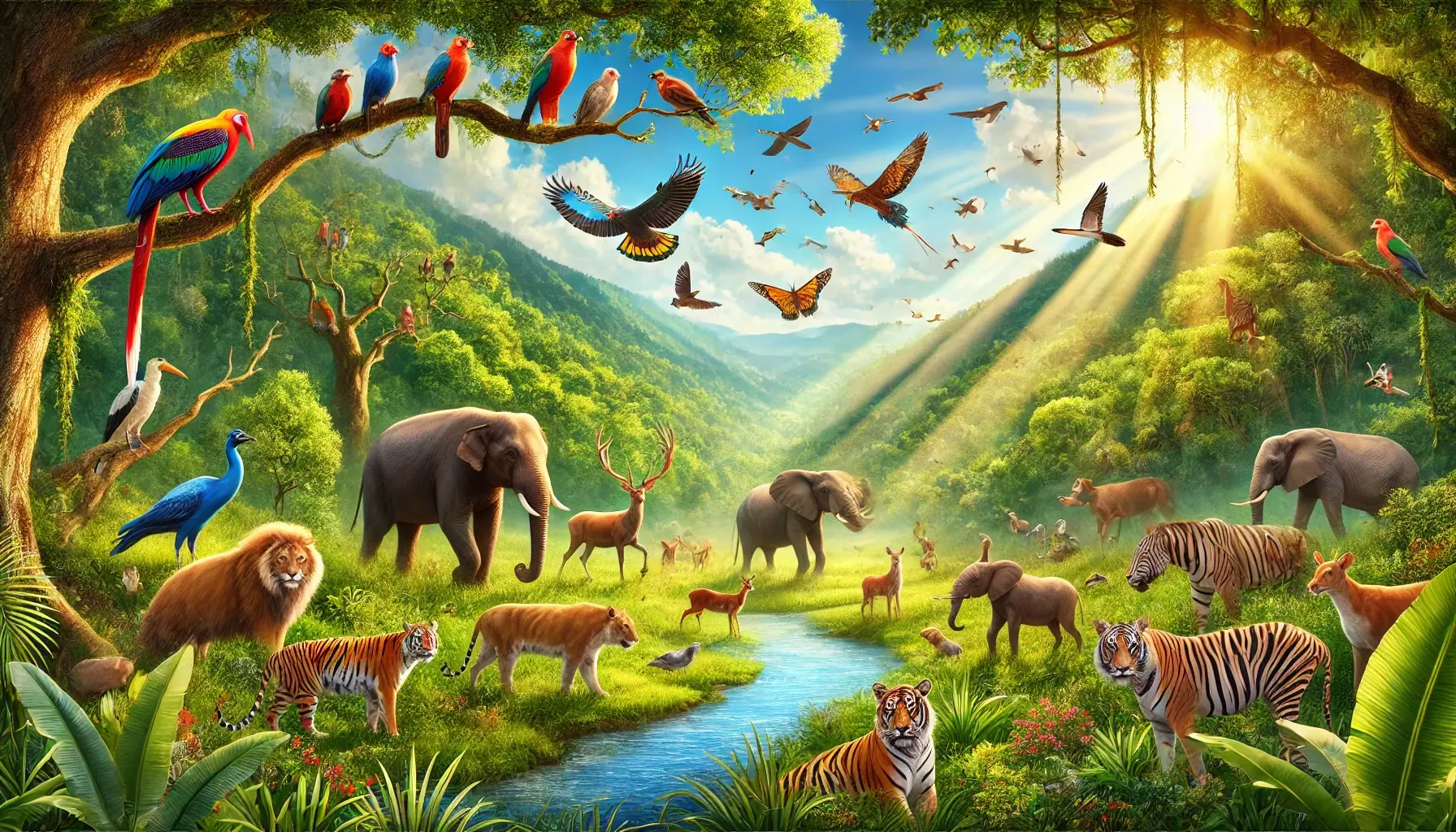
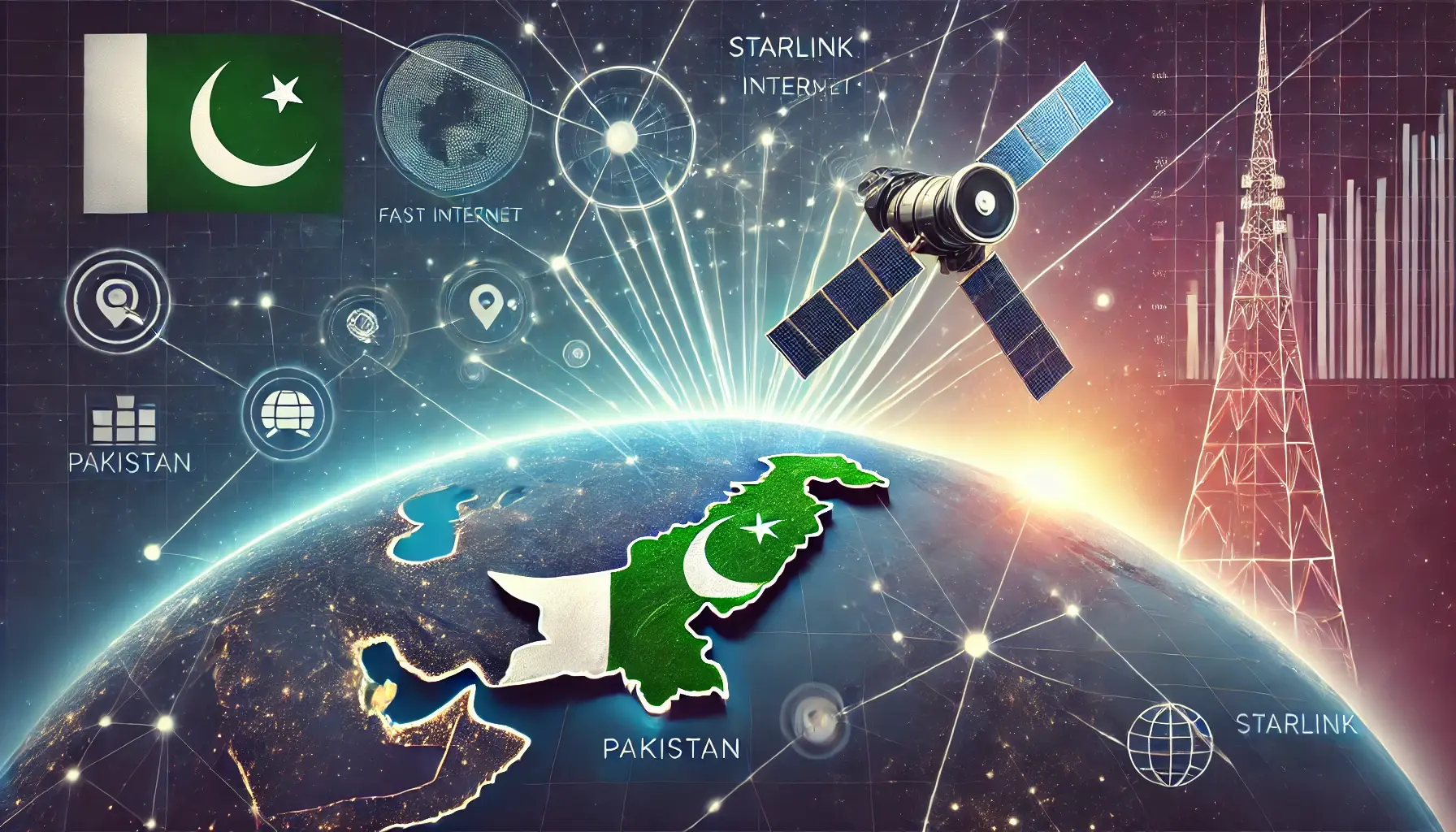
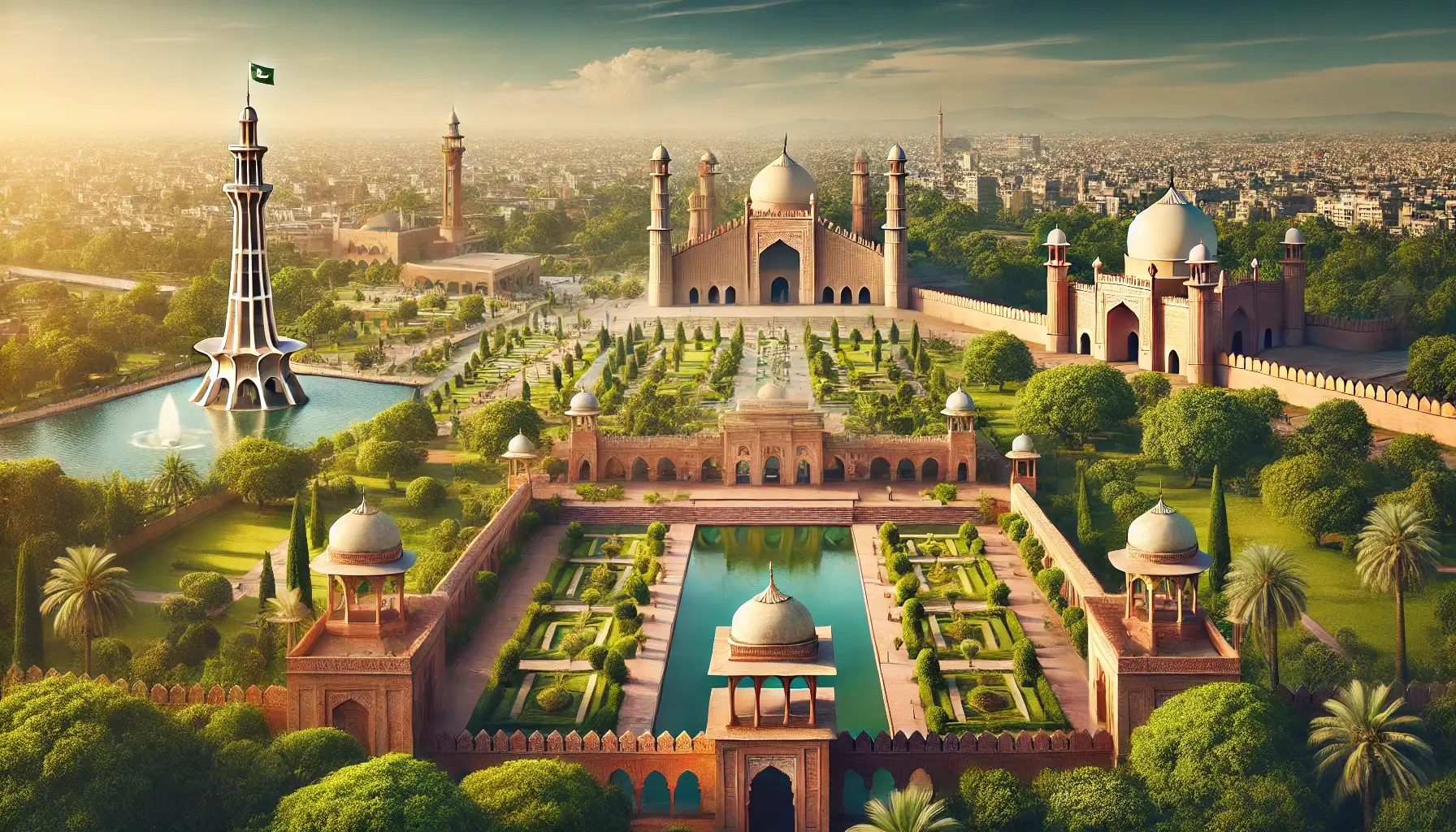


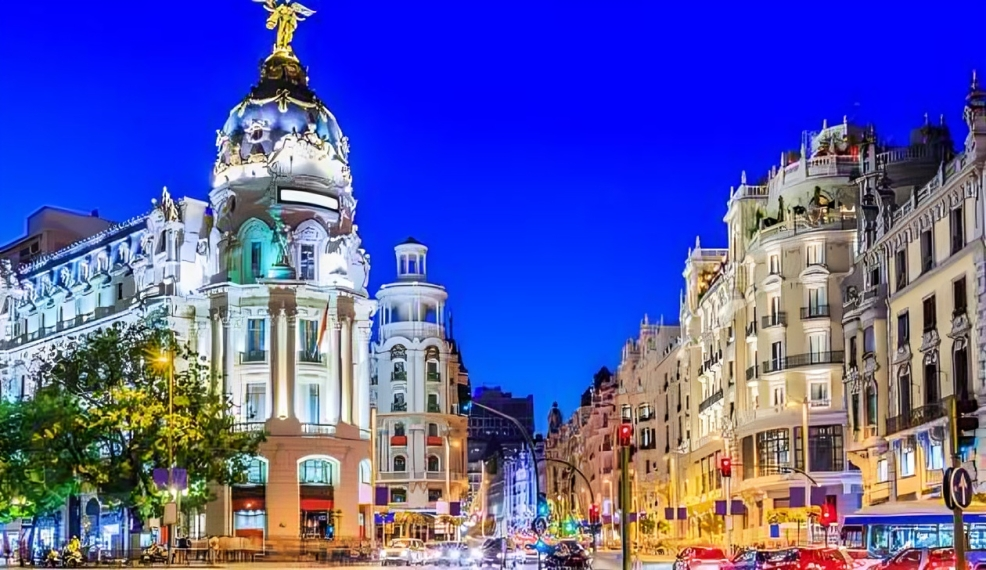
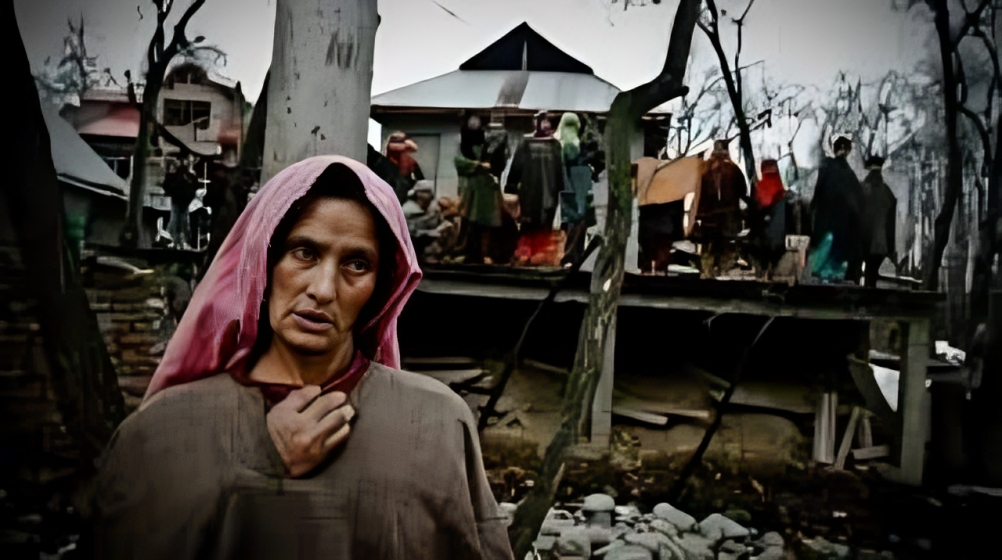
Leave feedback about this